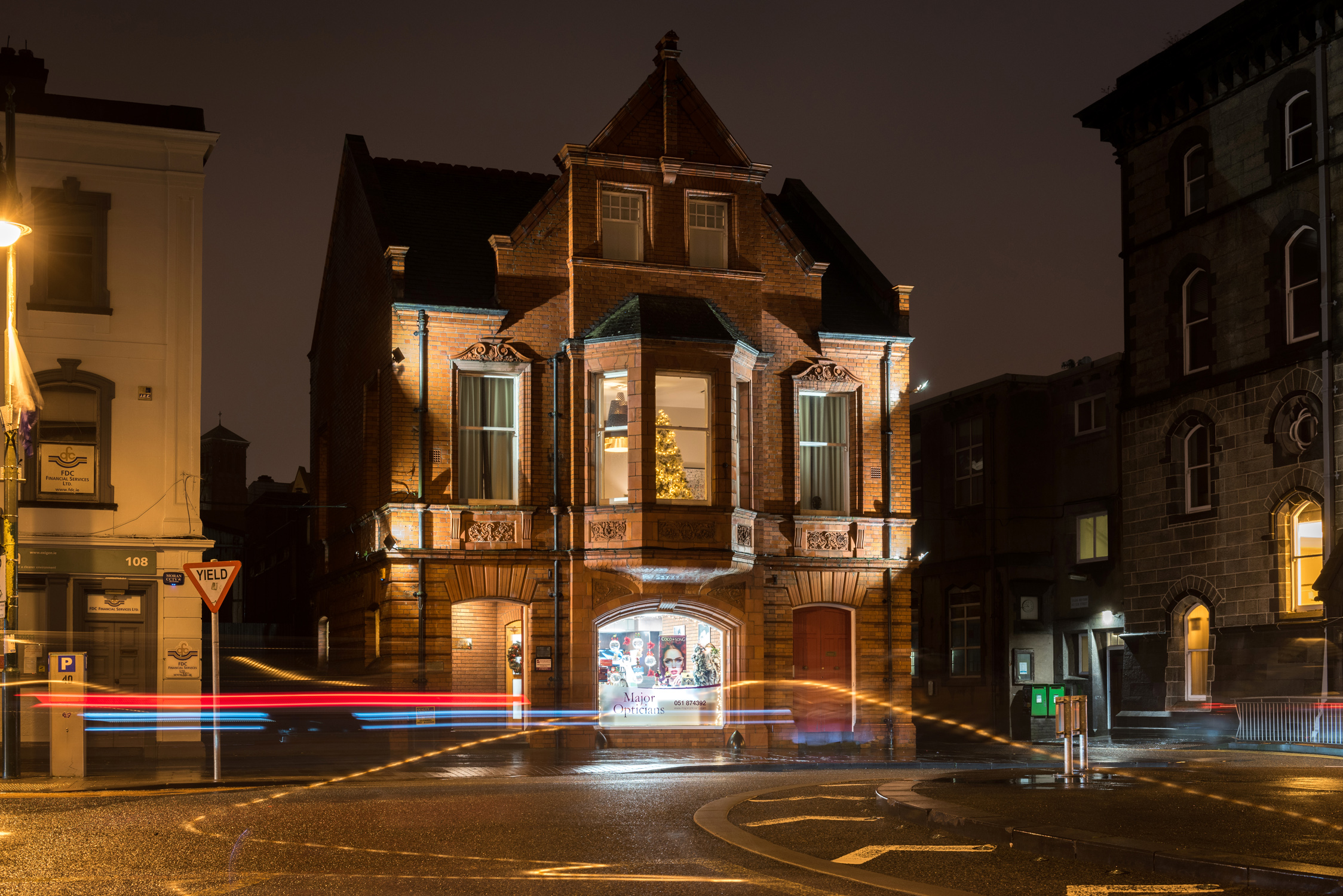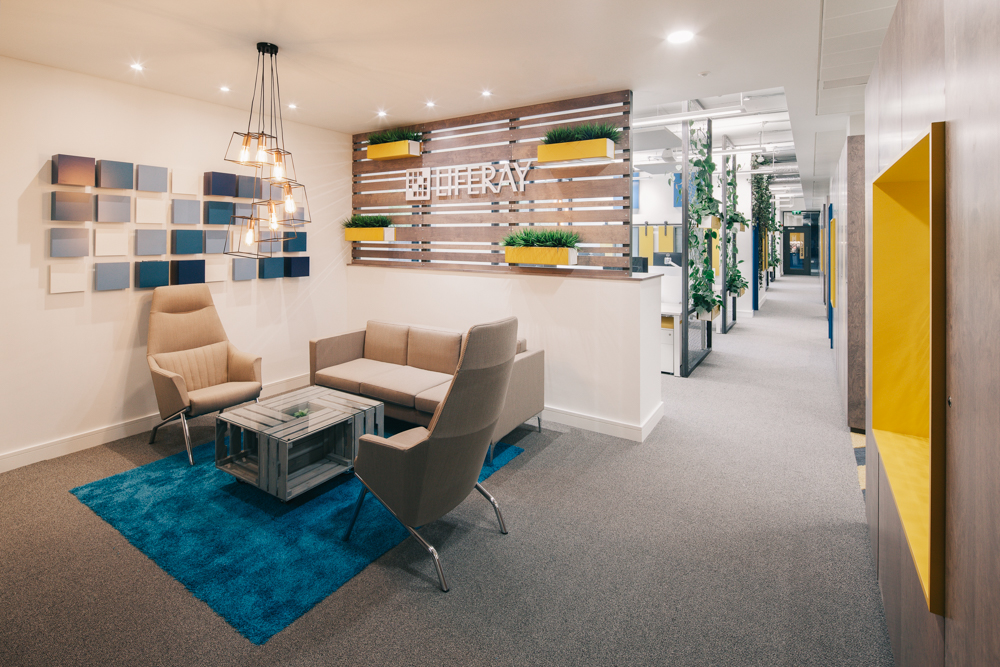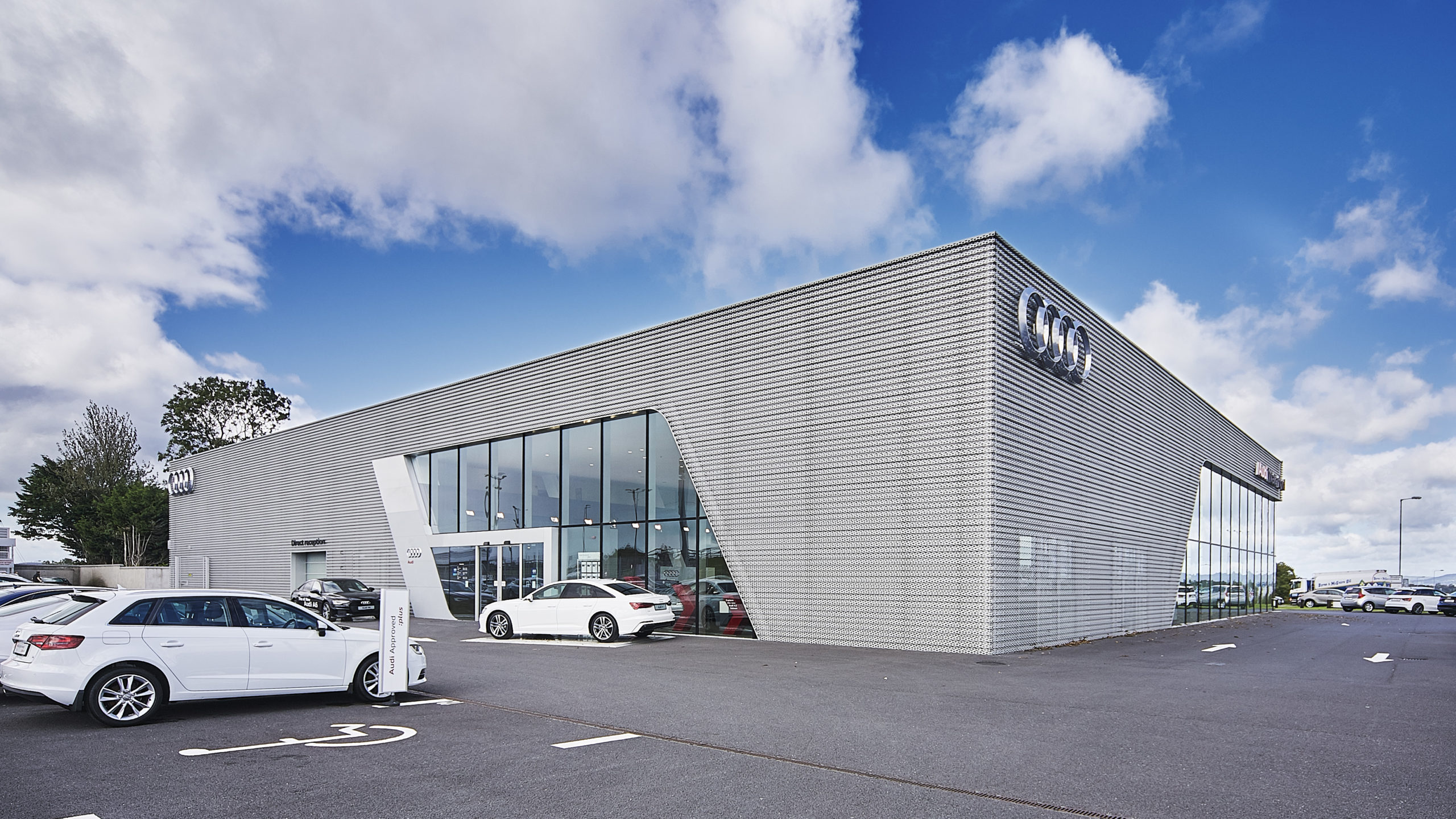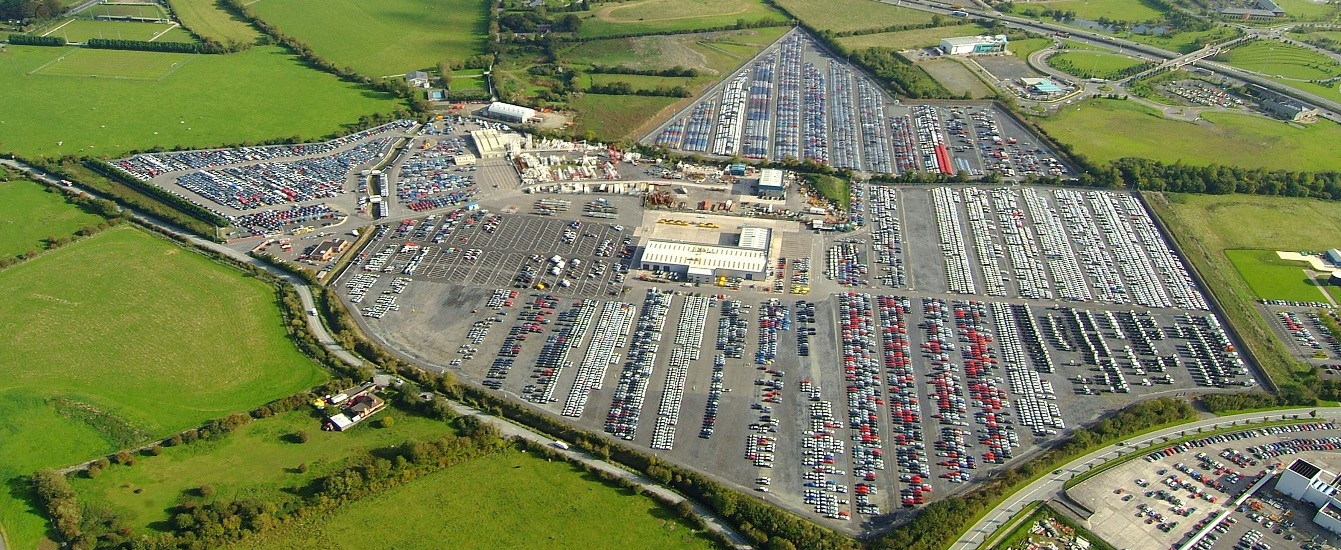We are delighted to share one of our recent projects that was completed last year in Waterford City. The project involved the conversion of the upper floors of a prominent protected structure on The Quay from office space to a luxury apartment. The project comprises of living space and a guest bedroom across the first floor, while the second floor includes the master suite as well as a relaxation area. We ensured that that all details of the building were considered to ensure that all of the original features of the building were maintained. This project was a very important one within the practice as it was once our office. A massive thank you to our clients for trusting us with their project, to the design team, the main contractor, sub contractors and consultants and everyone involved to make this project a reality.
Adaptive re-use and Sustainability, Net zero future –
As we learn more about the scope of climate change, many cities are now looking at the legacy buildings that line their streets and seeing opportunities to evolve them through adaptive reuse to fit the needs of today’s businesses and residents. A longstanding but increasingly popular practice, adaptive reuse isn’t historic preservation, which seeks to restore a space to its former glory. Instead, adaptive reuse focuses on taking a building that is past its prime and renovating it for new purposes in line with contemporary technological and social needs. If we want to create more sustainable cities, adaptive reuse is one of the soundest strategies we can implement. Simply put, a significant portion of a building’s carbon emissions comes from its materials, specifically their fabrication, delivery, assembly, and end-of-life protocols. That embodied carbon, as it’s called, is projected to make up 49% of the total carbon emissions of global new construction between now and 2050, according to Architecture 2030, a nonprofit focused on climate change and the built environment.












